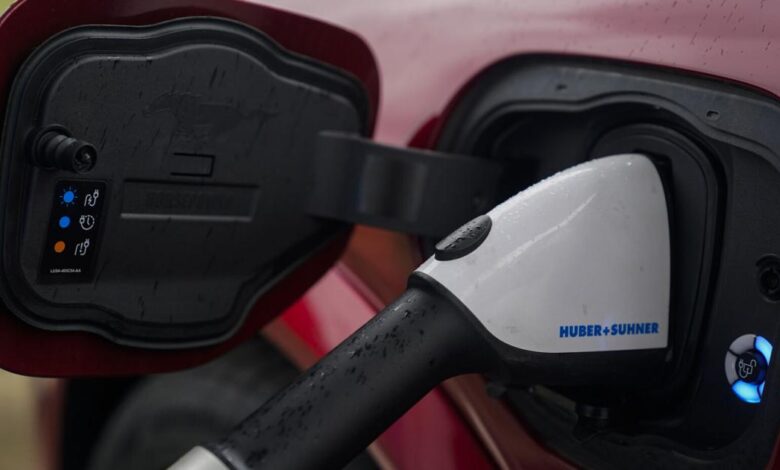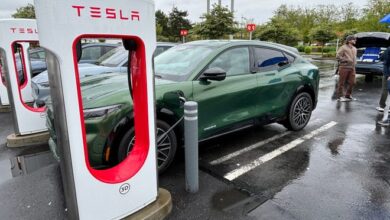ND regulators skeptical on funding EV grid impact study

Members of the North Dakota Industrial Commission on Tuesday were skeptical about funding a study that would evaluate the impact of electric vehicles on the power grid in the state and others near it.
The University of North Dakota’s Energy and Environmental Research Center requested $375,000 for the Regional Electric Vehicle Infrastructure Resiliency Plan, which would examine ways to mitigate issues that might arise as the use of electric vehicles increases in North Dakota, South Dakota, Montana and Minnesota. The federal Energy Department would put $1.5 million toward the study, pending negotiations.
There are over a dozen partners for the project which include utilities and other government agencies across the four states, though contributions from them would be “in kind,” according to a representative from the EERC. The project’s application lists the use of infrastructure and information from other partners as some of the ways they will contribute to the study.
People are also reading…
A state funding recommendation came from the Renewable Energy Program, an advisory board which mostly has focused on promoting biofuels, according to Industrial Commission Deputy Director Reice Haase.
The three-member regulatory Industrial Commission made up of the governor, attorney general and agricultural commissioner ultimately decided to table a decision on supporting funding until they could get more information mostly related to other states’ share of the costs, especially more climate-concerned Minnesota.
“We’re putting a big chunk of money in this; the one that should probably put the most is Minnesota because of their policies and actions,” Agriculture Commissioner Doug Goehring said, referring to legislation passed in recent years in Minnesota seeking to make electricity used in the state carbon-neutral by 2040.
As of last July, North Dakota had the lowest uptake of total electric vehicles in the country with only 640, according to Nasdaq, a stock exchange. Minnesota had 24,330; Montana had 3,260; South Dakota had 1,170.
A combination of power plant retirements and energy permitting constraints combined with rising demands for electricity — including from electric vehicle use and production — is putting increased strain on the power grid across the country. The phenomenon can cause electric rates to rise and also risks increasing power outages, regulators have warned.
The state on Tuesday did approve $87,000 for the EERC to update North Dakota’s Grid Resiliency Plan at the request of the state Transmission Authority, an agency under the Industrial Commission. That will focus on the broader abilities of the grid to handle state electric demand beyond just electric vehicles.


